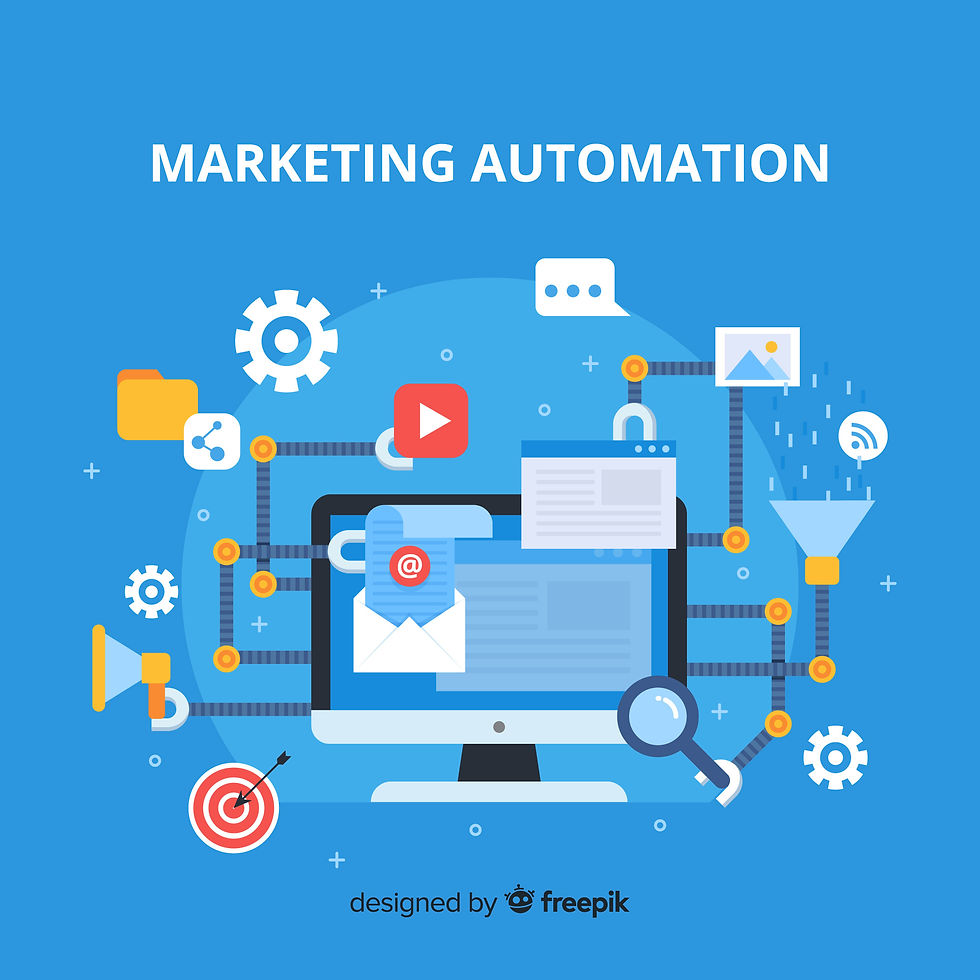SEO vs Paid Ads: Finding The ROI Sweet Spot For Busy Practices
- TymFlo Content Team

- Sep 15
- 3 min read

If you’re running a busy practice, you’ve probably asked yourself: Should I invest more in SEO or double down on paid ads? Both channels promise results, but they work in very different ways. For time-strapped professionals, the real question isn’t just about visibility. It’s about return on investment (ROI). Which strategy delivers better value for your effort and budget? Let’s break it down.
The Case for SEO: Long-Term Growth That Compounds
Search Engine Optimization (SEO) focuses on helping your website rank higher in organic search results. The payoff may take longer, but once you gain traction, it compounds over time.
Why SEO works for busy practices:
Builds authority and credibility in your field
Attracts consistent, qualified traffic without paying per click
Improves the overall health and user experience of your website
For example, Horizon Care Medical Group leaned on SEO to ensure patients could find them when searching for expertise. Through steady blog publishing and optimized web pages, they went from nearly invisible online to a top-ranking local authority. They proved that strong digital bedside manner can create trust without extra ad costs every month.
The trade-off? SEO requires patience and consistency. But if your practice is built to last, those upfront efforts can generate long-term returns.
The Case for Paid Ads: Quick Wins, Targeted Reach
Paid ads, whether on Google, Facebook, or LinkedIn, put your message directly in front of your audience fast. They’re designed for immediate impact.
Why paid ads work for busy practices:
Instant visibility for services or promotions
Ability to target based on demographics, location, or interests
Flexibility to pause, test, or shift campaigns anytime
For practices that need to fill appointment slots quickly or promote a seasonal service, paid ads can deliver an immediate boost. Loving Locks, for instance, used a well-structured ad campaign to spotlight a limited-time promotion. With AI-powered marketing workflows, they saw a surge of new bookings within weeks.
The challenge? Ads stop working the moment you stop paying. Without a solid long-term strategy behind them, they can become costly over time.
ROI Comparison: Which Delivers More Value?
When it comes to ROI, context matters. SEO tends to deliver a higher long-term return since traffic remains steady long after the initial investment. Paid ads, on the other hand, deliver a faster but temporary return. It is ideal when you need quick results or want to test new offerings.
So instead of locking yourself into one strategy, it’s smarter to look at how SEO and paid ads can complement each other.
The Sweet Spot: Blending SEO and Paid Ads
For many busy practices, the best ROI doesn’t come from choosing one channel over the other. It comes from combining them strategically.
SEO builds your foundation. It ensures that when people search for your services, they can find you, trust you, and learn more about what you offer.
Paid ads accelerate momentum. They fill gaps, promote time-sensitive offers, and provide valuable data on what messaging resonates with your audience.
Together, they create a cycle: ads drive traffic, SEO ensures your website converts, and data from both channels helps refine future campaigns.
Finding the ROI Sweet Spot
At the end of the day, it’s not about choosing SEO or paid ads, but rather knowing when to lean on each. SEO builds lasting authority, as Horizon Care Medical Group discovered when consistent content turned their online presence into a trust driver for patients. Paid ads, on the other hand, deliver immediate wins, like Loving Locks experienced when a timely promotion filled bookings fast.
Both cases highlight the same truth: ROI isn’t about picking sides. It’s about matching the tool to the timing and the goal.
Ready to combine SEO and paid ads for maximum ROI? Get started today, and let’s build your growth strategy.



Comments